The Tremiti Islands are a sublime fusion of natural beauty and historical richness, promising an unforgettable adventure. You'll discover crystal-clear waters, enchanting villages, and extraordinary marine life that will leave you speechless.
Why visit the Tremiti Islands? Because it is not just a place but an experience. A break from the hectic pace of everyday life and a plunge into the beating heart of nature. Get ready to experience an unforgettable vacation, exploring hidden coves, admiring the unique seabed, and visiting amazing historical monuments.

Tremiti Islands: the definitive guide to a unique experience

Immersed in the spectacular waters of the Adriatic, the Tremiti islands are part of the Gargano National Park, in the province of Foggia, and constitute a Marine Nature Reserve, as well as the only Italian islands in the lower Adriatic. The Tremiti islands are located in the northernmost point of Puglia, their wild nature, their history, the myths, the places of interest, the colorful seabed and the surprising landscapes have earned the Tremiti the nickname of Italian pearls of the Adriatic .
The Tremiti archipelago is made up of five islands: San Domino, San Nicola, Capraia, Pianosa and Cretaccio. Only the islands of San Domino and San Nicola are inhabited and therefore equipped with accommodation services for tourists, the others are literally uncontaminated paradises. The Tremiti islands are among the 2024 Blue Flag beaches.
How to get to the Tremiti islands
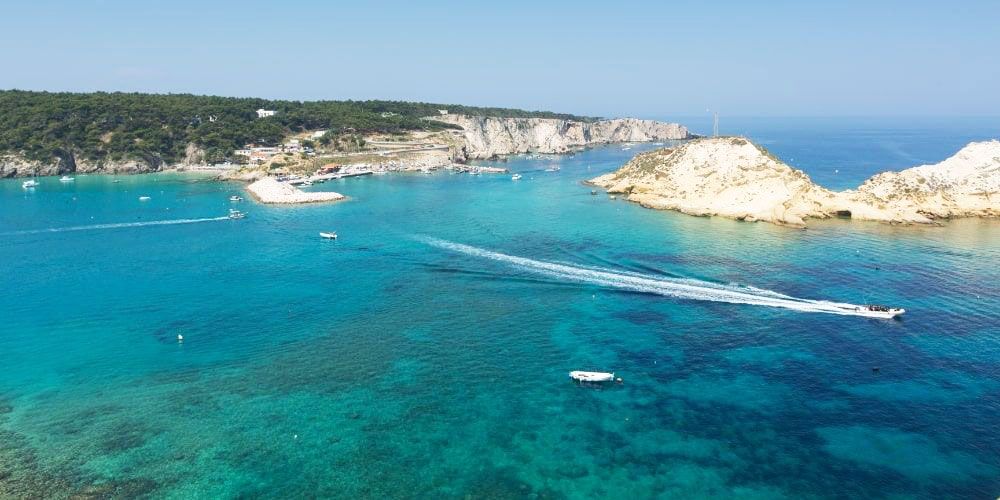
The most common method to reach the Tremiti islands is by sea, otherwise, there is an even more exciting and somewhat exclusive option, you can reach the islands by helicopter, starting from Foggia. Imagine hovering in the air, seeing the Adriatic below you and admiring the islands from above and in just under half an hour you will reach your destination.
To reach the Tremiti islands by sea it is good to know that during the summer months numerous boats leave from the ports along the Adriatic coast. You can leave from Peschici, Vieste and Rodi Garganico, in addition to transport, many companies provide guided tours of the islands. Several daily ferry trips also leave from Termoli city. What are you waiting for? Take the boat or ferry of your choice and set sail on your journey.
Discover the tour of the Tremiti islands starting from Rodi GarganicoThe most beautiful beaches of the Tremiti Islands
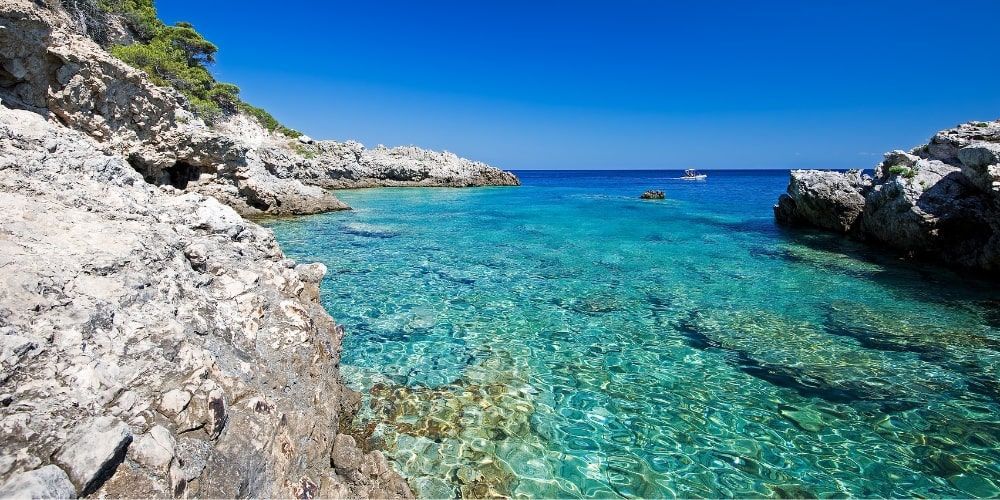
The Tremiti islands are ideal for a boat holiday. The archipelago of the Tremiti islands is famous for its idyllic beaches, which offer wonderful views and crystal-clear waters. Among these, four stand out for their unparalleled beauty. Cala Tramontana, located on the island of San Domino, is more than a beach, it is a wonderful natural amphitheater. A harmony of rocks that gently dive into the sea waters, a perfect combination of rock and sea, which creates an unprecedented landscape. Surrounded by the lush vegetation of the Mediterranean scrub, this beach is divided between a public section and an equipped one. On the other side of the island, we find Cala delle Arene. Its golden beaches lapped by turquoise waters create a panorama that seems straight out of a postcard. Near the beach it is also possible to reach the Arenile Cave.
Further south is Cala Matana, in this bay sand, pebbles and rocks mix in a delightful mosaic. This variety gives the coast a wild and romantic atmosphere. The sea here becomes a kaleidoscope of colors, with emerald, green shades that gradually fade into an intense blue. The beach is embraced by lush vegetation that adds a touch of green to the color palette of the landscape. Finally, it is worth taking a trip to Cala dei Turchi on the island of Capraia. The remote bay is surrounded by towering cliffs that create a striking contrast to the intense blue of the sea. An enchanting cove of pebbles reachable only by sea. This trip, however, is part of the experience, allowing you to enjoy a unique perspective on the wonders of the Tremiti islands archipelago. Cala dei Turchi is an ode to uncontaminated nature and silent serenity far from the din of modern life.
What to do on the Tremiti Islands: incredible outdoor activities
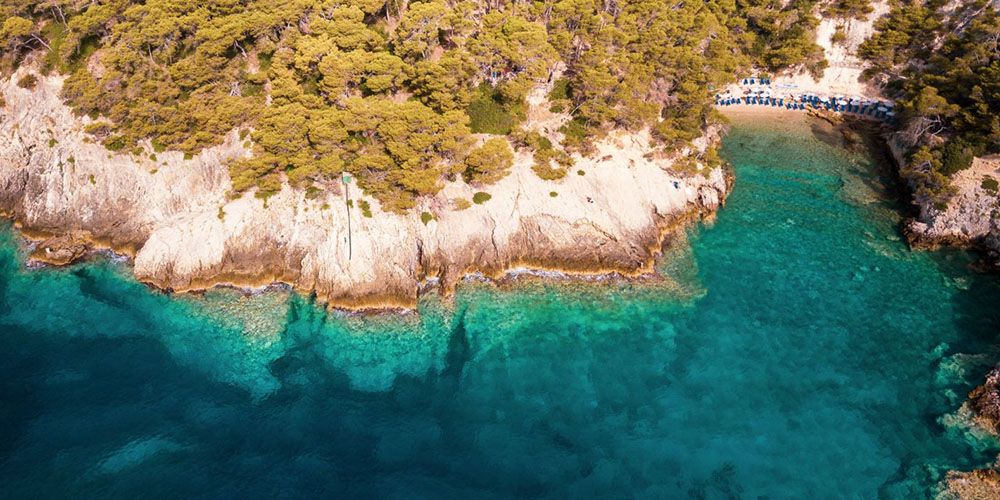
From the emerald blue of the sea to the intense green of the Mediterranean scrub, the Tremiti islands offer a simply fascinating range of outdoor experiences. Whether you are a lover of water or hiking, these islands are sure to amaze you. Snorkeling in the crystal clear waters of the Tremiti is an unmissable experience. Thanks to their rich biodiversity, these waters are a true paradise for lovers of the underwater world. So, equip yourself with a mask and fins, and dive into the water.
For the more adventurous, the islands also offer exceptional scuba diving opportunities. The seabed of the Tremiti presents a colorful chessboard of marine life forms, spectacular plays of light and fascinating rock formations. Do you prefer to stay afloat? No problem! Boat trips between the islands are another fantastic way to enjoy the Tremiti. Sail from island to island, discover hidden coves and admire breathtaking views. Finally, don't forget to do some trekking in the uncontaminated nature, which winds up and down the hills of these islands. A perfect way to completely immerse yourself in the local flora and fauna, and enjoy the view of the sea from privileged points of view.
What to see in the Tremiti Islands: attractions and historical sites
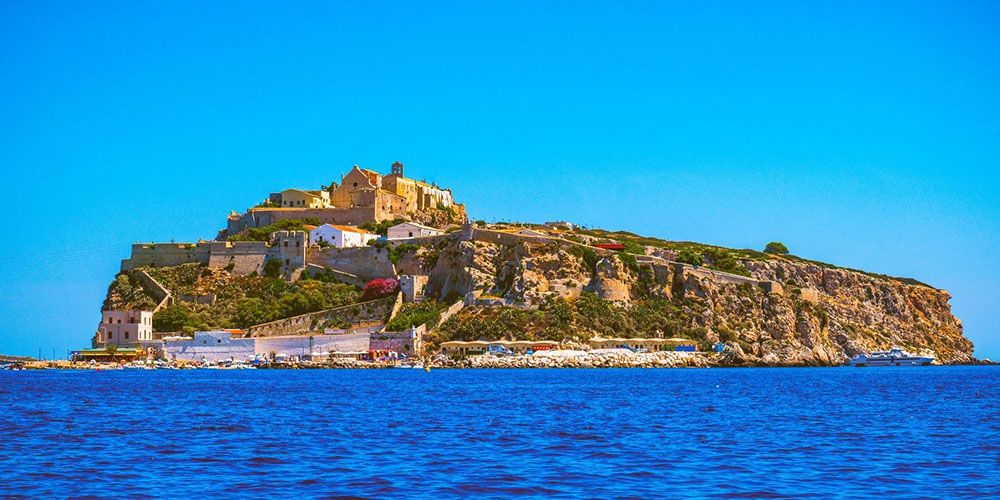
In addition to being a destination that enchants with its natural beauty, the Tremiti islands offer cultural surprises. In particular, there are two sites that will make your heart skip a beat. The first is the Castello dei Badiali, a fascinating and mysterious fortress located on the island of San Nicola. This castle was built in the 13th century by Charles of Anjou on the orders of the Cistercians to repel enemy attacks.
But the adventure doesn't end here. The wonders of the Tremiti islands are not just on the surface. Get ready to dive into the depths of the Adriatic to visit the submerged statue of Padre Pio. The statue is located in the seabed between the island of San Nicola and the island of Cretaccio, at a depth of 13 metres. This impressive bronze sculpture, created by artist Mimmo Norcia, is a pilgrimage for divers who find themselves visiting the islands. His blessing pose towards the sky, visible thanks to the clarity of the water, is uniquely evocative. If you like scuba diving in Italy, it is interesting to know that, in the seabed off the coast of the Tremiti islands, there are wrecks from the Greek and Roman era.
How deep is the sea…”
Lucio Dalla and the Tremiti islands
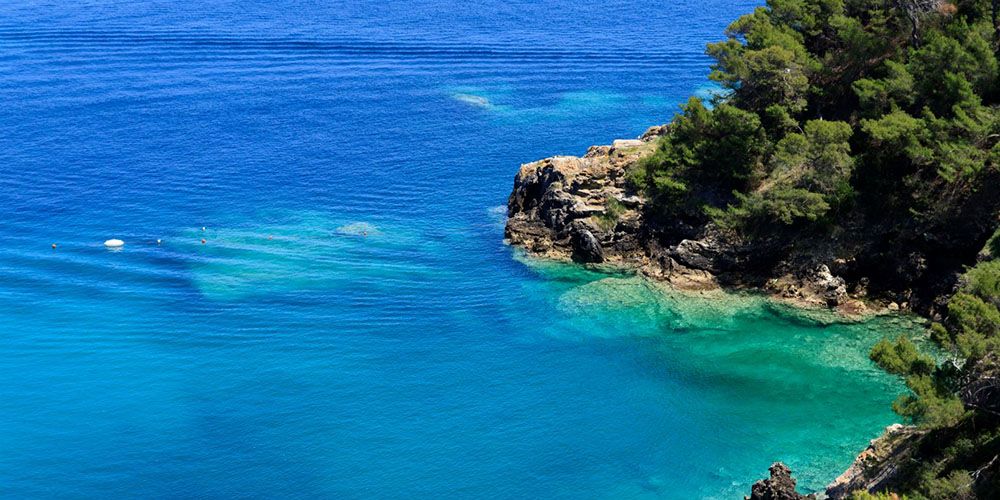
The famous Bolognese singer-songwriter Lucio Dalla, who passed away in 2012, had chosen the Tremiti islands as a place of refuge and inspiration. This is where he came every summer, in these places he found the right inspiration for his songs. His 2001 album Luna Matana is inspired by the name of Cala Matana on the island of San Domino, one of the most famous inlets of the Tremiti where the villa purchased by the singer overlooked.
Every summer, in Piazza Castello, on the island of San Nicola, he organized the concert "Il Mare e le Stelle", where he invited both great stars of the sector and young emerging singers, livening up the atmosphere and paying homage to those islands where he had found energy, creative flair and long meditative moments, so necessary to be inspired.
Tremiti Islands: the definitive guide, latest advice and a linguistic curiosity

Don't be surprised if on the Tremiti Islands you hear people speaking, not the Gargano dialect, spoken on the nearby mainland, but a dialect very similar to Neapolitan, more precisely the Ischia dialect. The history of the use of the Ischia dialect dates to 1843 when Ferdinand II, king of the Two Sicilies, sent fishermen from Ischia with all their families to populate the islands. The people of Ischia settled in these places, passing down, among other things, their dialect from generation to generation, up to the present day.
The Tremiti islands undoubtedly offer a unique experience, both for a hit and run, a day trip to appreciate its views, and for a longer stay, in which you can truly take advantage of everything that the magnificent area offers and get to know its cultural particularities. In both options we suggest you organize yourself in advance. Remember that the places from which the ferries and guided tours depart are: Termoli and the beautiful towns of Rodi Garganico, Peschici and Vieste, a town famous throughout Puglia for its 25-meter-high monolith on the seashore.
Leave for the Tremiti islands from ViesteAbout the author
Written on 26/06/2024

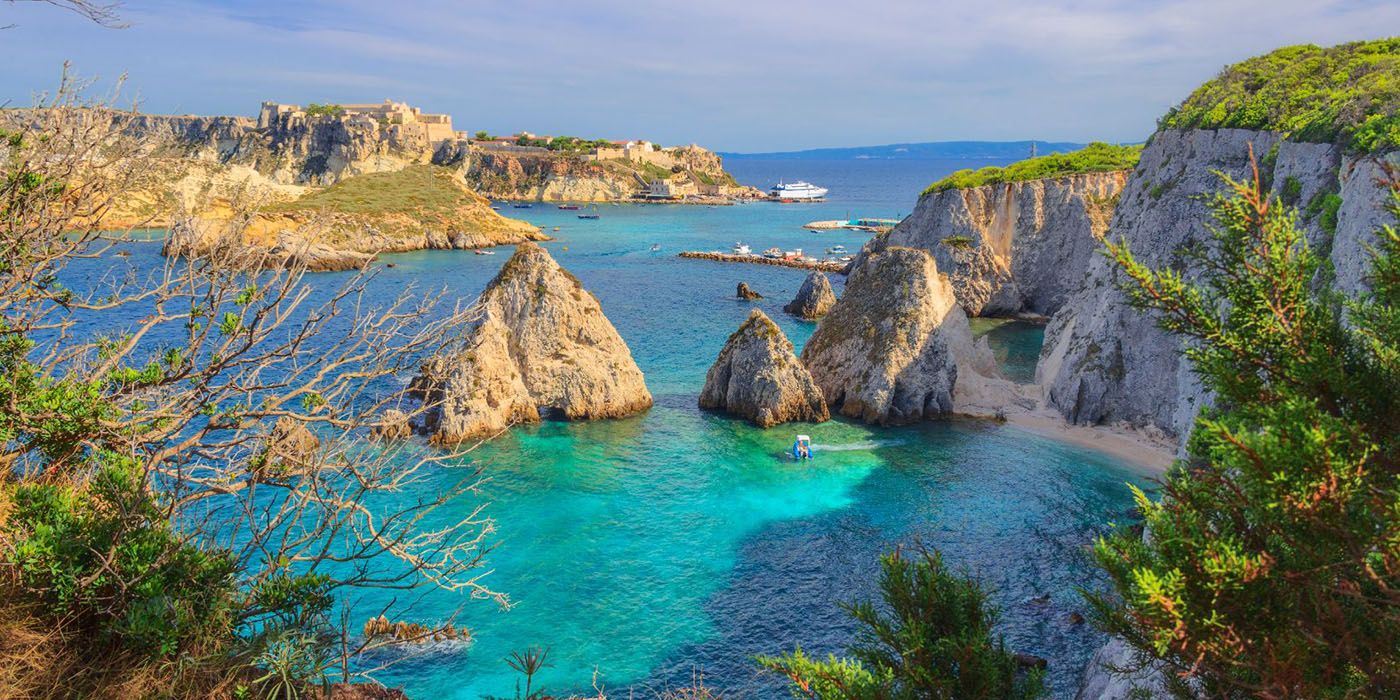

Rossella Friggione
Embark on an adventure to the Tremiti Islands with our guide. Indulge in the breathtaking beaches, unique attractions, and exciting activities.